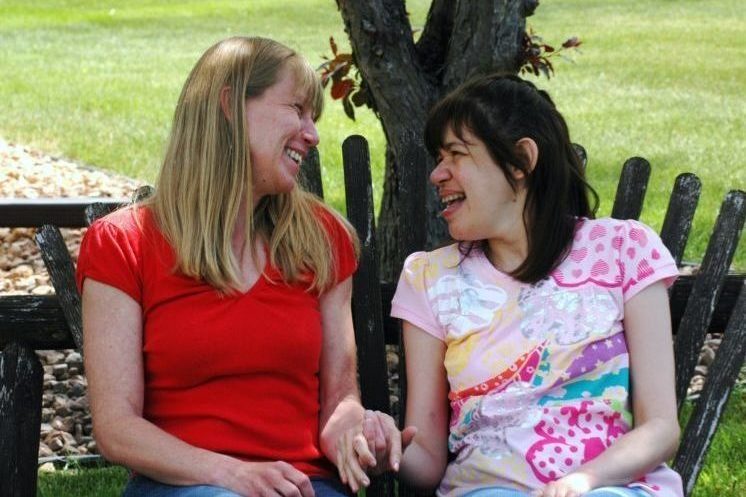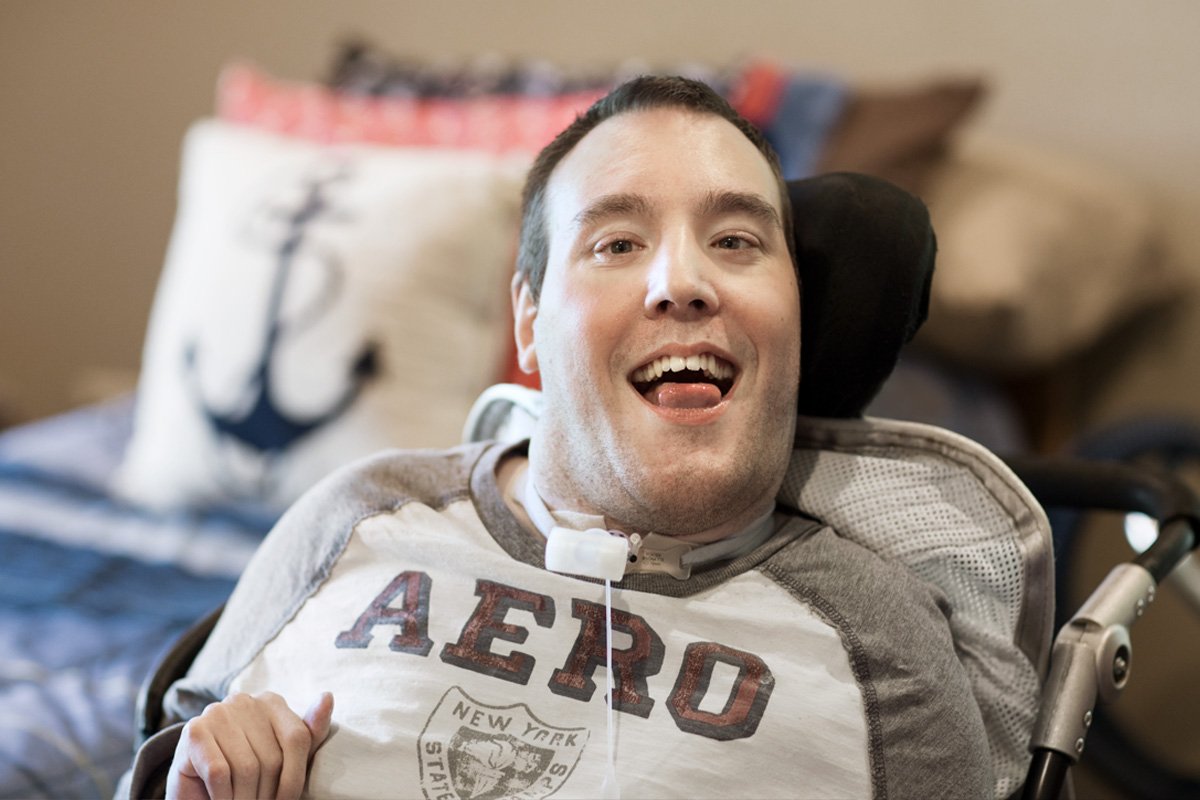CEO Corner – April 2024
April 1, 2024

As the soon-to-be retired CEO of Homeward Bound, I am typing my last Pathway article and introducing Rob Edwards, our new CEO! It has been fun and my privilege to write this monthly column for over 22 years. I have tried to inform you all about what was going on with Homeward Bound, the business of disability services, the need to keep our service front and center at the legislature, and why our mission is important. Thank you and I look forward to seeing everyone at Homeward Bound’s golf tournament in August! Take it away Rob.
Thanks, Don. What an enduring tenure you have had at HBI. Don’s exactly right when he says we need to keep disability services top of mind at the legislature and with state policymakers and our community as a whole. As the inevitable pendulum swings back and forth between state budget year priorities and we build upon the decades of investments of time and energy spent to improve disability services in Minnesota we can’t take our foot off the accelerator. There is still much more work for Minnesota to do to fully eliminate discrimination against people with disabilities and to make sure that people with developmental disabilities are fully integrated into our communities.
There are some mechanisms and criteria for measuring our progress that are increasingly coming into focus for Minnesota. In 2022, the Minnesota Governor’s Council on Developmental Disabilities issued a report on the first decade of achievements in planning and implementation of Minnesota’s Olmstead Plan which was developed in response to the Jensen Settlement Agreement that resulted from a lawsuit brought on behalf of people with developmental disabilities living in a state institution where they were handcuffed, shackled, put in leg irons, and locked in rooms by themselves on a regular basis.
The Minnesota Olmstead Plan is a set of goals Minnesota state agencies must meet so that people with disabilities can live, learn, work, and enjoy life in the most integrated setting.
What Gets Measured Gets Done
You have probably heard the saying, ‘What gets measured gets done.’ However, of the 140 actions outlined in the original 2011 plan, only 18 actions included a numerical target.
Today, the April 2022 revision of the Minnesota Olmstead Plan now points to 12 comprehensive areas and includes 33 measurable goals, with clear targets and dates by which to achieve the goals. These 33 measurable goals will help mark advancement as progress ‘gets done.’
Drilling down a bit on one area described in the plan called Person-Centered Planning, Minnesota refers to a set of core concepts and principles that set the frame for the ongoing process of assisting someone to plan their life and supports.
There is no specific defined process for person-centered planning but many of the processes that might be used share the same general philosophy and grounding in a mindset of person-centered thinking. Person-centered thinking is incorporating the core concepts and principles of person-centeredness into one’s approach in working with people with disabilities. It is the foundation of Person-Centered Planning.
In the state plan area, Person-Centered Planning, measurable goal one states:
“Plans for people using disability home and community-based waiver services will meet protocols based on the presence of eight required criteria. Protocols are based on the principles of person-centered planning and informed choice. By June 30, 2022, the eight required criteria will be present at a combined rate of 90%.”
The baseline combined rate prior to the 2022 goal being determined was 67%*.
The eight required criteria and corresponding baselines are:
- The support plan describes goals or skills that are related to the person’s preferences (baseline 74%).
- The support plan includes a global statement about the person’s dreams and aspirations (baseline 17%).
- Opportunities for choice in the person’s current environment are described (baseline 79%).
- The person’s current rituals and routines are described (baseline 62%).
- Social, leisure, or religious activities the person wants to participate in are described (baseline 83%).
- Action steps describing what needs to be done to assist the person in achieving his/her goals or skills are described (baseline 70%).
- The person’s preferred living setting is identified (baseline 80%).
- The person’s preferred work activities are identified (baseline 71%).
*Baseline: In the state fiscal year 2014, 38,550 people with disabilities were served by the home and community-based services waiver. From July 1, 2016 – June 30, 2017, there were 1,201 disability files reviewed during the Lead Agency Reviews. For the period from April – June 2017, in the 215 case files reviewed, the eight required criteria were present in the percentage of files shown below.
Just as Minnesota has applied new measures and targets for Person-Centered Planning Homeward Bound is also aligning with a parallel vision for person-centered thinking and taking action to optimize our person-centered planning focusing on the 8 required criteria and informed by the ‘choices’ of the individuals we serve.
What can Person-Centered Planning accomplish for Homeward Bound and the individuals we serve?
When we utilize a person-centered lens in all we do in connection with the individuals we serve we abdicate seeking control over those we serve and instead promote choice, increased autonomy, and lean into the inherent drive for self-actualization that those we serve possess. We don’t have to wait to make this important difference in the lives of the individuals we serve. As author, teacher and entrepreneur Seth Godin reminds us, “We are the ones that we have been waiting for.” We have the opportunity now to bolster our client’s basic human need for self-regard and dignity.
Rob Edwards, CEO
Homeward Bound, Inc.
DOWNLOAD or READ the full Minnesota Olmsted Plan REVISION April 2022 at https://mn.gov/olmstead/assets/2022-04-olmstead-plan_tcm1143-526399.pdf
News / CEO Updates /


